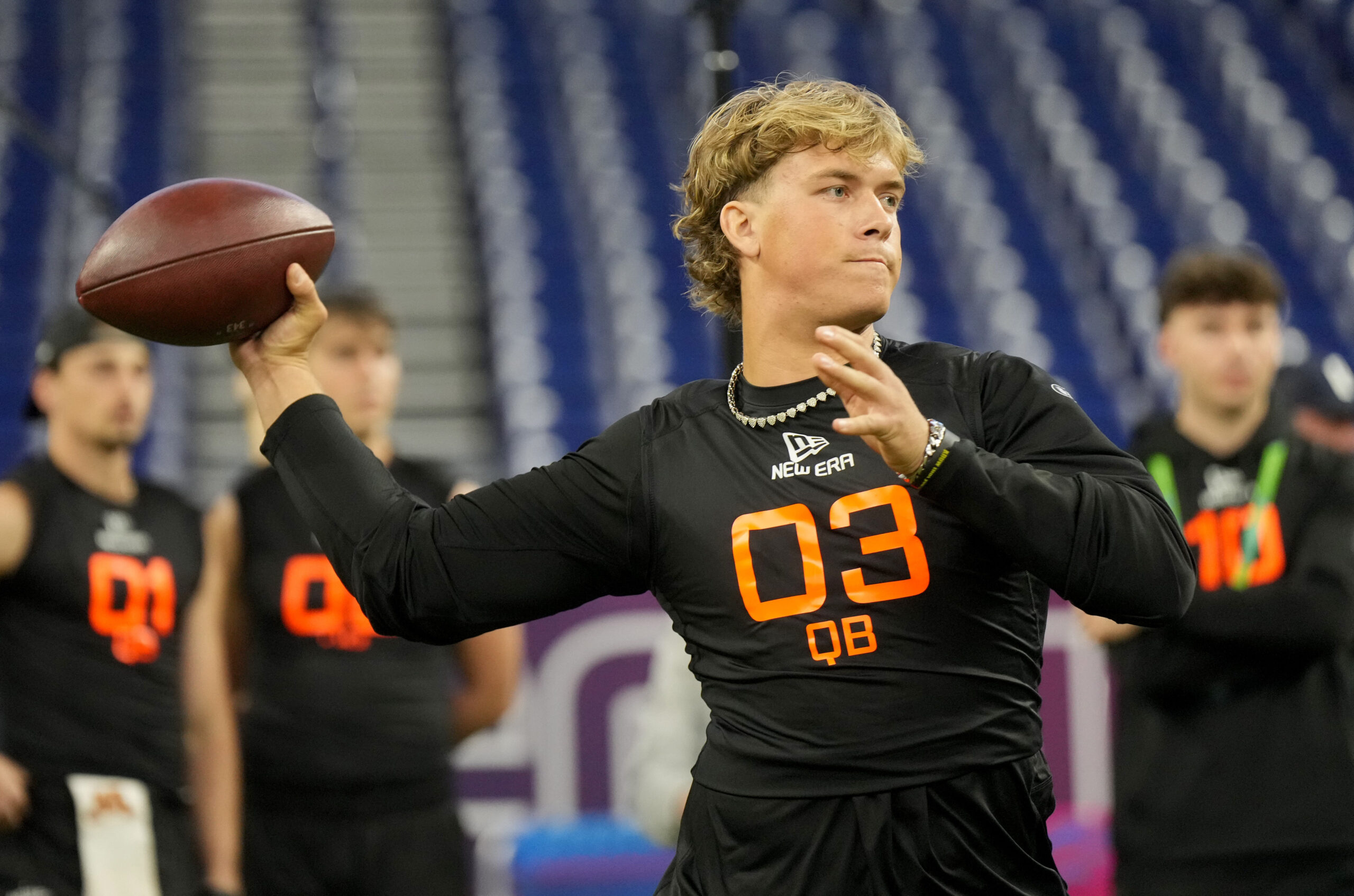Analysis
9/6/23
5 min read
2023 Dynasty Football Strategy: How To Get Future Picks for Cheap

The term roster churning might sound foreign, and that’s OK. Part of the reason it can be such a successful strategy is because it isn’t a common practice among the fantasy community, at least in the way we use it.
When you’re one of the few people in the league using a certain strategy, the advantage writes itself. But to fully understand roster churning and how it can be actionable, we must define what it is, how to use it and what the advantages are.
So, what is roster churning?
What is Roster Churning?
The Oxford Dictionary defines churning as encouraging frequent turnover.
How does that apply to our roster?
When we combine churning with our fantasy teams, it becomes the usage of frequent turnover of the players on our rosters. It's not just any player, we’re specifically talking about lesser-rostered players. They're also known as stashes or end-of-the-bench players.
So, roster churning in its simplest form, means we are constantly taking players who don’t have any more value than a waiver wire pickup and are using the waiver wire to replace them strategically. Picking up players on waivers seems obvious but a few things set roster churning apart from the standard waiver wire grabs.
First, churning means frequent turnover, so we are using the waiver wire essentially every single week, not periodically. The other difference is there is a specific archetype of player we are looking for when turning over our roster; the strategic aspect of it.
This leads us to our next question: How do we roster churn?
>>READ: NFL Week 1 Waiver Wire Adds
How to Roster Churn
The goal when roster churning is to gain above-replacement-level production or value for our teams. Both usually go hand in hand because it’s nearly impossible to gain value without having some form of production attached. Although there are rare instances where that isn’t the case, we should discuss the best way to maximize gaining production from the waiver wire.
The easiest path to finding production is by churning running backs. Zeroing in on running backs lends itself to more common production and value spikes. Why does focusing on running backs allow us to do this?
First, we must understand the position has the highest overturn rate in an NFL season. That is largely because running backs have a higher injury rate compared to other positions, causing depth pieces to be thrust into a high-volume role. Which in turn, leads to fantasy production.
Thanks to Kevin Duffy’s study at MassLive.com, we can compare the injury history of running backs and receivers in the past decade. Using the top 20 in average draft position at each position, we’re left with a rather large sample of 200 running backs and 200 wide receivers.
In the past decade, just 28.5 percent of running backs played in all their games while 48 percent of wide receivers played in all their games. Even when we view major or lingering injuries where a player is forced to miss at least seven games, the study still points toward running backs being more commonly injured. A total of 17 percent of running backs missed at least seven games compared to just 12 percent among receivers.
In total, running backs average 3.3 games missed in a season while it’s just two for receivers. This leads to depth and less-rostered running backs to produce above-replacement-level production.
In 2022 alone, these running backs with less than 50 percent rostership at the start of the season produced as a top-12 running back in a given week: Dontrell Hilliard, Darrel Williams, Tevin Coleman, Deon Jackson, Kenyan Drake (2), Eno Benjamin, D’Onta Foreman (2), Raheem Blackshear, Samaje Perine (2), Latavius Murray (2), JaMycal Hasty (2), Zonovan Knight, Jerick McKinnon (3) and Pierre Strong.
That’s 23 top-12 weeks from running backs with a sub-50 percent rostership at the beginning of the season. It comes to 1.4 per week, meaning on average there is more than one running back doing this per week.
Choosing to target running backs when roster churning creates an advantage in production that isn’t as profound in other positions.
Advantages Gained
We obviously gain advantages through the production of the running backs put up on our rosters. But what if we’re aiming for an advantage even deeper than that?
While having a spike week is never a bad thing, it’s not as if the running back we’re picking up likely holds the peripherals or profile to continuously put up that level of production for an entire season. In fact, among the list of less rostered running backs with a top-12 week in 2022, only Murray has ever held at least a 50 percent carry percentage for an entire season.
We should aim to flip these running backs we’ve churned for into future draft capital, preferably second-round picks. But why is it a win when we might give up some production at the position?
A second-round pick provides stability that a player asset, especially a player asset thrust into a workload out of necessity rather than their profile being strong, doesn’t. A second-round pick has never lost value. Fringe running back assets eventually do, even if they are providing solid production for a small period of time.
If we were to look at the second-round running back picks from the 2023 draft class we get De’Von Achane, Kendre Miller and Tank Bigsby, who are strong candidates to increase their value from a second-round pick further.
Anytime you can turn nearly free assets into second-round picks, it’s always a win.
Conclusion
Roster churning might be something that sounds minor, but when we step back and look at it from a bigger perspective, churning is just the first domino to fall on our path to creating as much value as possible.
Follow The 33rd Team Podcast Network on Spotify and Apple Podcasts.






